We speak to TLAER, a US-based organisation which is training people the world over to help salvage horses in danger…
We all worry about how safe our horses might be in the most extreme circumstances. Will it be possible to rescue them should disaster strike?
Concerns about the welfare of horses in peril was the reason for the creation of Technical Large Animal Emergency Rescue (TLAER) by Dr. Rebecca (Gimenez) Husted and Dr. Tomas Gimenez almost two decades ago. TLAER, based in the US state of Georgia, is a training and consultancy organisation which pulls together communities, emergency services and other groups to discuss better ways to handle large animals, including equines, in disasters and emergencies.
“It’s for the horses and the people that love them,” said Dr Husted. “If we could get people to understand that there are ways to prevent many of these disasters and emergencies – and there are ways to better respond when they do occur, that would be the goal for mine and Tomas’ training efforts.”
The size of horses and their most common locations mean they are particularly difficult to assist and salvage should they become trapped…
Dr Husted said:
“Back in the 1980s and 1990s, there were these TV shows where they would show these rescues, Rescue 911 and similar shows, and they would show these kinds of rescues and then they would make it out like ‘And then the horse was fine.’
“Well, we called the people who owned those animals and tried to find out what really happened, and it turns out that it was inaccurate on TV. The TV shows were trying to make it nice,” adding that sometimes the horses didn’t actually survive or underwent extensive rehabilitation.
“So,” Dr Husted finished, “we were like, well, what they’re doing isn’t working, we need to find some better ways.”
Finding better ways is precisely what Dr Husted and Dr Gimenez did. Dr Husted owned a horse she’d desensitised and trained to lay down on command and Dr Gimenez said, “well, I wonder if we could get your horse to lay down and then put some webbing around him and drag him around on the ground,” Husted didn’t know but they tried it and it evolved into research that solved important questions of what did and didn’t work.
Over time, they found solutions that worked better than what people had been doing, according to Dr Husted, who added, “what’s really funny is, that’s ultimately why I did the textbook. You know, the Phoenicians picked up cattle and horses and put them on their boats and that was thousands of years ago. So, it’s not brand new for us to pick up the animals or extricate them from things. But, nobody ever sat down and drew it or wrote about it or gave the information on how to do it safely, they just did it…and they just assumed that everybody knew how to do that.” Over millennia, the knowledge either faded or simply wasn’t recorded and as society became less agrarian, people didn’t always learn the same things the Phoenicians and other ancient peoples may have known.
Dr Husted said:
“When we first started out we just wanted to get the veterinarians serious about their role in disasters, because, when the disaster comes, everybody looks to their veterinarians to provide some leadership as far as ‘what are we going to do with these horses, what are we going to do with the cattle, where are we going to put them, how are we going to shelter them, etc.
Then, they realised TLAER needed to encompass more than just veterinarians – they needed to reach emergency managers, firefighters, animal control workers, “all the other aspects” Husted said, “of how a community deals with their animals.”
With that, TLAER expanded their scope to reach everyone. How broad is their reach? Their Facebook page has 13,000 followers, and Dr Husted provided a conservative estimate of at least 14,000 people she or Dr Gimenez had directly trained over the past 25 years. Dr Husted herself has taught large animal rescue courses at 16 veterinary schools in the US and Europe; she also mentioned that courses have been held at eight fire academies.
“The principles behind using slings, webbing and ropes for animal transport are not new. In many countries, a large animal represents a huge financial investment and even someone’s livelihood. We work hard to bring new advances in equipment, tactics, procedures and techniques to people all over the globe,” TLAER says.
Lifesized models of horses are used for rescue training as they offer the most realistic experience of dealing with a real horse!
Finally, we wanted to know what any horse owner could do to prepare for various emergency situations.
Husted said that the easiest thing most people can do is to, “come up with a true FEMA [Federal Emergency Management Association] plan – they want you to have some resiliency which means admitting that there is a problem, No.1, and No.2, having an evacuation and shelter-in-place plan for your animals.”
In short: ensure your trailer is safe and ready to go in the event of a natural disaster and ensure your horse will load quickly and easily. Have a plan if the power goes out.
Original article: https://www.fei.org/stories/technical-large-animal-emergency-rescue










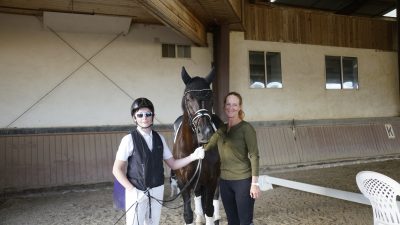
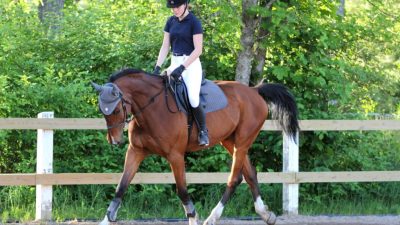


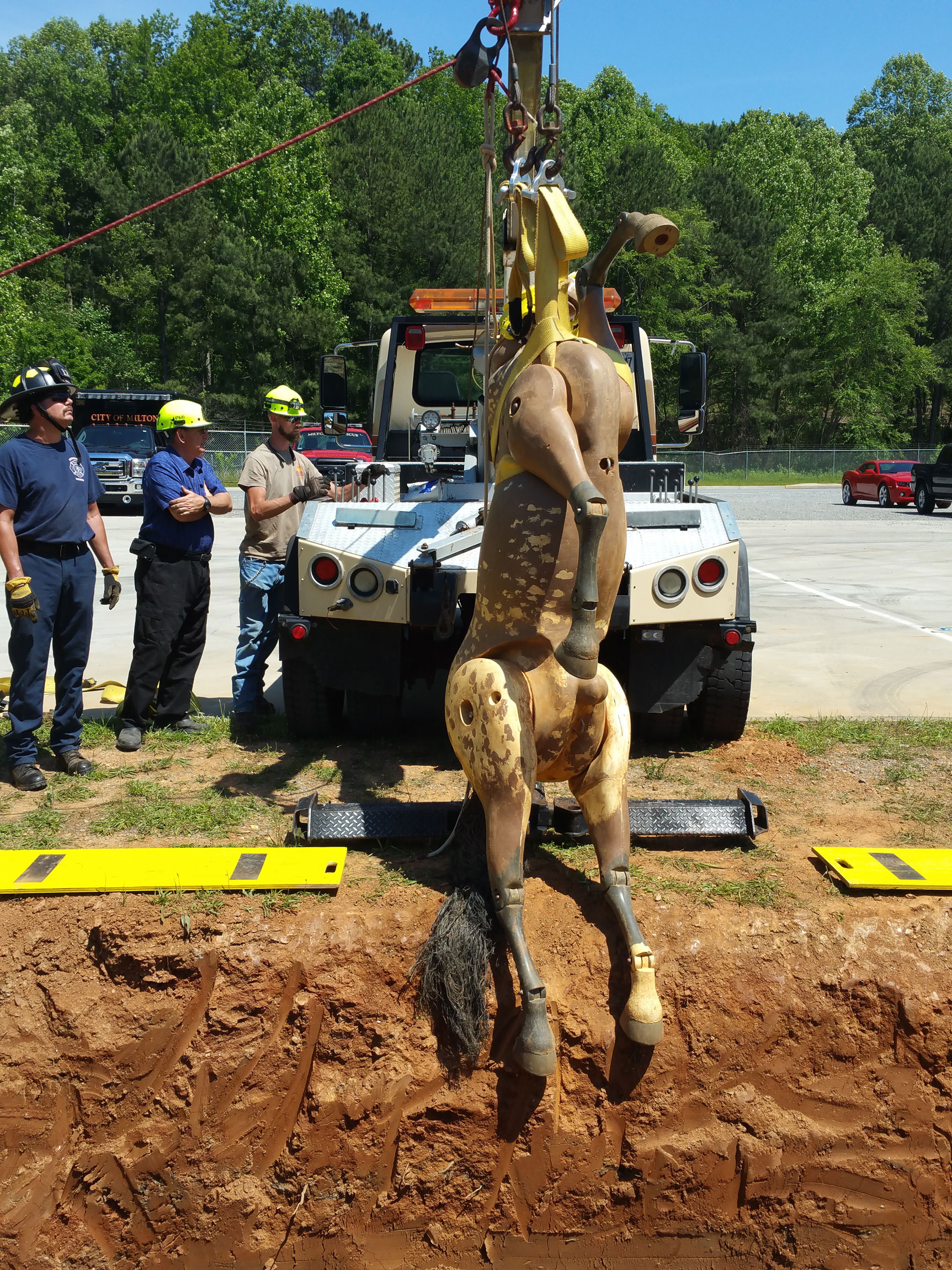






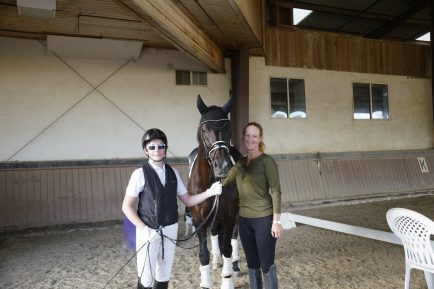
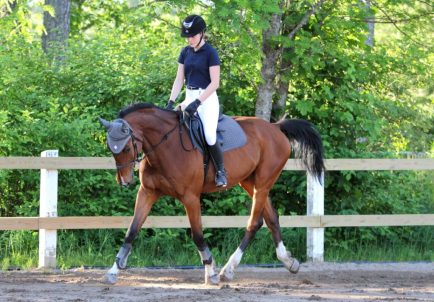
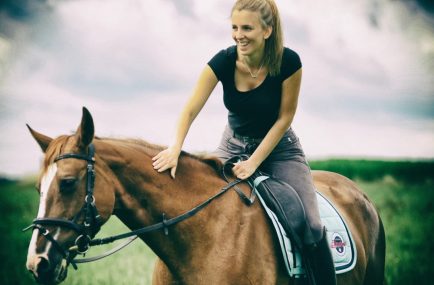
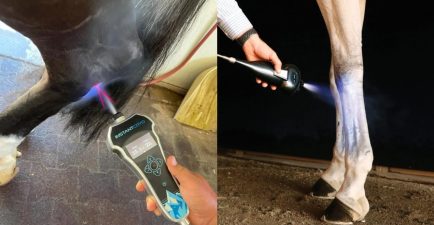

Comments